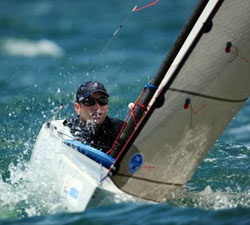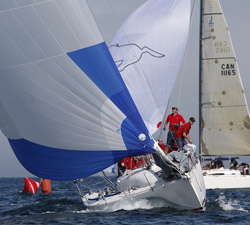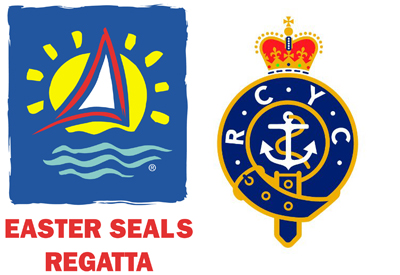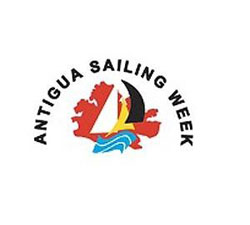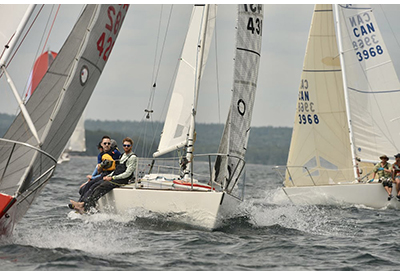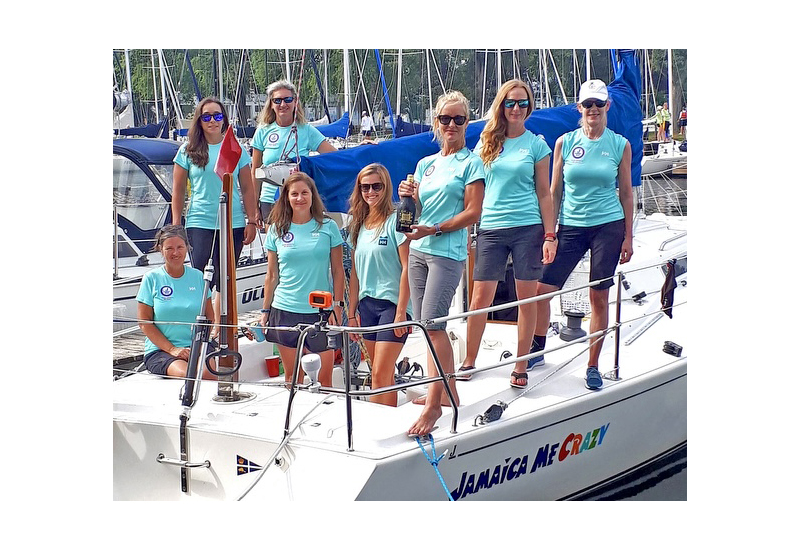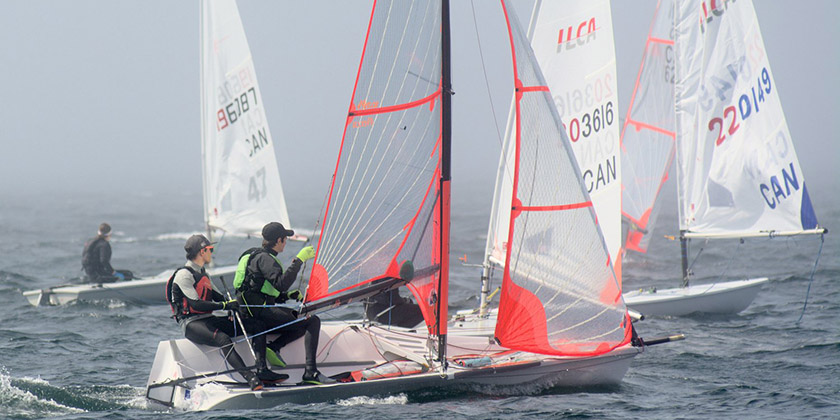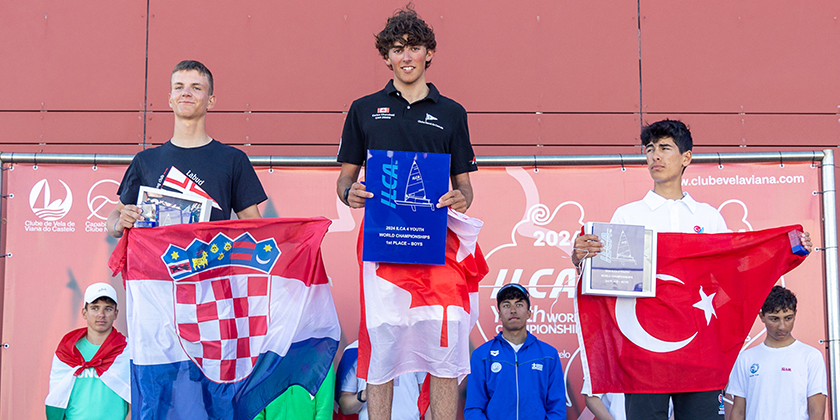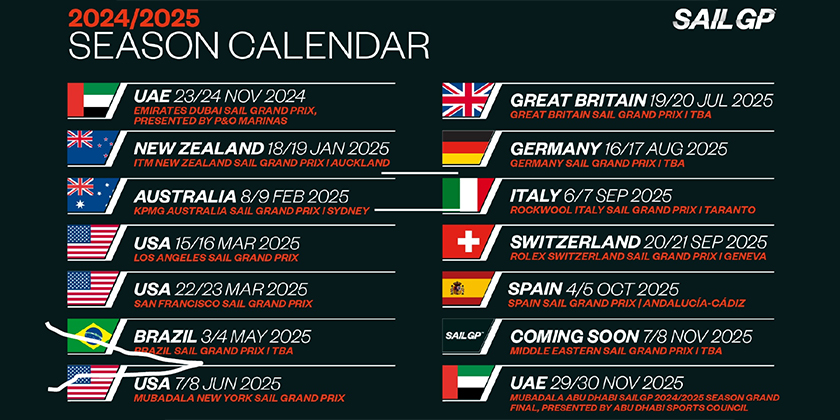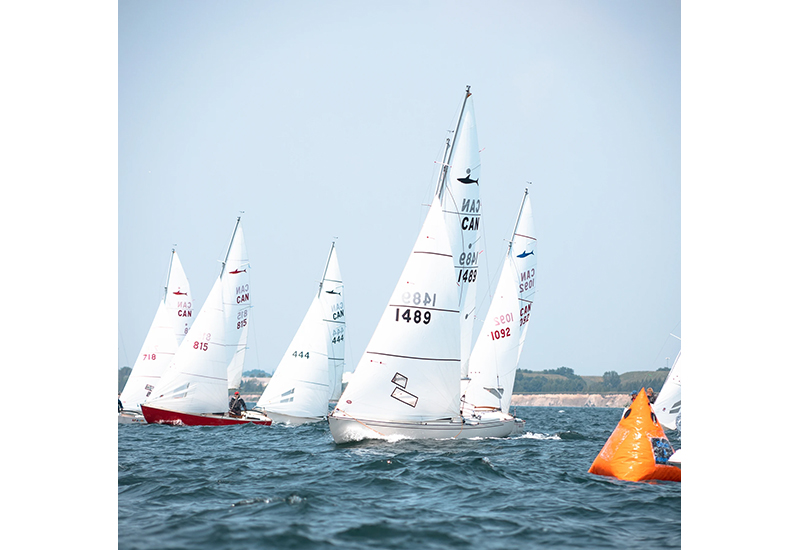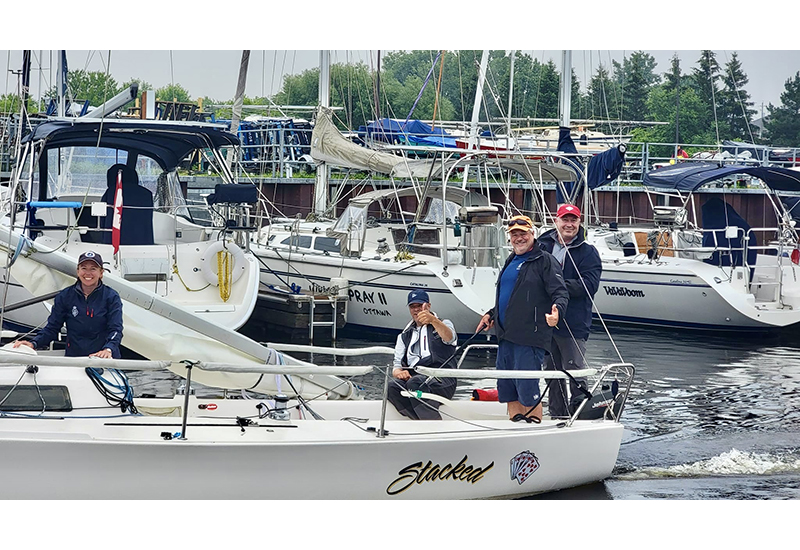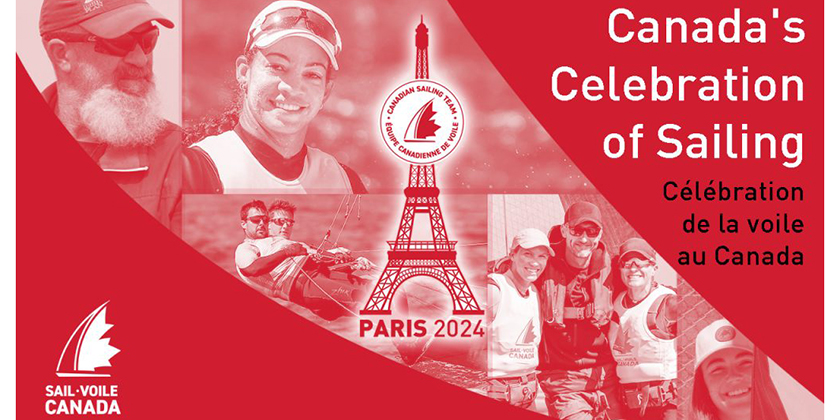Marblehead to Halifax the “Grand-daddy” of Ocean Races
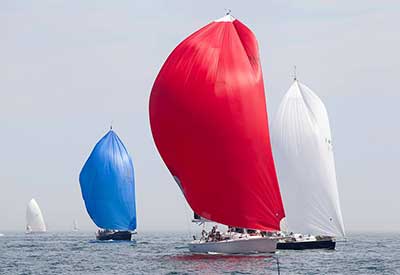
The co-chair of the 2015 edition of the Marblehead to Halifax Ocean Race, David Stanfield likes to call this ocean race “the Grand-daddy of them all”. Stanfield is referring to the fact that MHOR goes all the way back to 1905, a year before the Newport Bermuda Race started and several decades before races like the Fastnet or Sydney-Hobart were conceived.
“When I talk to people about ocean racing, it always seems with sailors, it comes down to the classics,“ says Stanfield. “Those other races have their challenges – the weather between Sydney and Hobart, the Gulf stream on the Bermuda race.” But he likes to point out the Marblehead to Halifax course has multiple challenges too.
“The Bay of Fundy has the highest tides in the world and you have to be able to get across the Gulf of Maine to Brazil Rock (a shoal off the tip of Nova Scotia) without being sucked up into the Bay. Then there’s a whole different kind of coastal racing that goes on up the coast of Nova Scotia. You can almost always count on the fog appearing somewhere along the way. If you want to get challenged, this is the race that has it all,” according to Stanfield.
Stanfield plans to be in a familiar role when the race starts in Marblehead next July 5th. He is a watch captain on Airborne IV, a Beneteau 50 owned by Halifax businessman Bill Greenwood.
This years’ field is building. Since registration opened in January, the entrants include a Volvo 60, Spirit of Adventure skippered by Canadian sailor Derek Hatfield, and Actaea, a modified Bermuda 40 cruising yawl that won its division on the Newport to Bermuda race last year and was a class winner in MHOR 2013.
Airborne IV is also already registered for the race. Greenwood chaired the Race back in 1981 and he has also overseen it as a former Commodore of the Royal Nova Scotia Yacht Squadron. 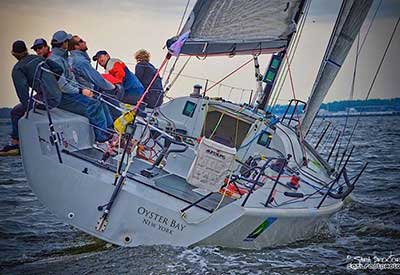
He looks back with pride on winning his class in 2011, the same year the very first-ever Canadian-owned boat won the IRC honors, Will Apold’s Valkyrie.
“We want to do well again this year,“ Greenwood says. “We make sure the boat is competitive every year by adding new sails, new equipment. We work on the bottom paint, ensure the rig is tuned properly, watch for the weight on the boat…all those are major factors that come in to it when you want to be competitive.”
He sees the race as a true test of seamanship – “So many different things can happen at sea. You can be sitting in light winds and sunny conditions and 24 hours later, you can be in a nor’easter and thick ‘a fog.”
Greenwood has done a lot of ocean racing over the years including two Newport to Bermuda races. He remains a fan of the Marblehead to Halifax Race because of the natural linkages between Halifax and Boston. “I’ve been going there for 50 years…I have made many friends in Marblehead and it’s a beautiful place to visit. The international factor is a big one for me. I enjoy going to the US – and our American friends enjoy coming to our country. Socially, you get to meet a lot of interesting people. You meet some of the best sailors in the world in this race and have a rum and coke with them at the Boston Yacht Club.”
A lot has changed since he did the race for this first time in his high school years. In the early days, it took most crews five days of hard sailing to get to Halifax. The current course record was set in 2011 by Jim Grundy’s 75-ft Bella Pita at 30 hours, 46 minutes and 52 seconds in ideal sailing conditions. As for navigation, most vessels now download the information needed. When Greenwood first saw on-board navigation systems, the components were the size of a big suitcase. One of the crew members had a PhD. in physics. “Dr. Ernie Guptill would take about twenty minutes to get a fix on an oscilloscope screen. And prior to that, sailors had to use dead reckoning”. As for the clothing, he laughs as he talks about wearing old rubber boots and sou’westers instead of the Gortex and insulated boots that are common today.
The Marblehead to Halifax Race is a tradition now. He remembers sitting at the Squadron clubhouse with another former commodore discussing the race. “Well Bill, he told me, why wouldn’t you do it? When we’re 80 years old in our wheelchairs…we don’t want to be sitting here saying to each other – I should have done that race!” He won’t miss it unless there’s a pressing reason to keep him away.
And Greenwood says he has the crew to keep going, including his three sons. “I have a group of young guys who are keen at two in the morning to run this boat. As long as they are there, we’ll keep racing.”
The 363-mile race is sponsored jointly by the Royal Nova Scotia Yacht Squadron and the Boston Yacht Club. The lead up events in Marblehead this year will be capped off with Independence Day fireworks over the harbour, the night before the race starts.
Greenwood says he learned a lot about racing from other skippers, especially through a mentoring program that was available the first year he did the Newport to Bermuda Race which paired him with an experienced skipper. He is more than willing to share his knowledge of the Marblehead to Halifax race with anyone who is considering entering.
“It is important to focus on seamanship and learn about your vessel and the people with you. Completing this race is a real accomplishment. Once you’ve done it once, you will understand that.”
MHOR Race documents and other information is available on the race website: http://www.marbleheadtohalifax.com/
Registration is on the www.yachtscoring.com website:


